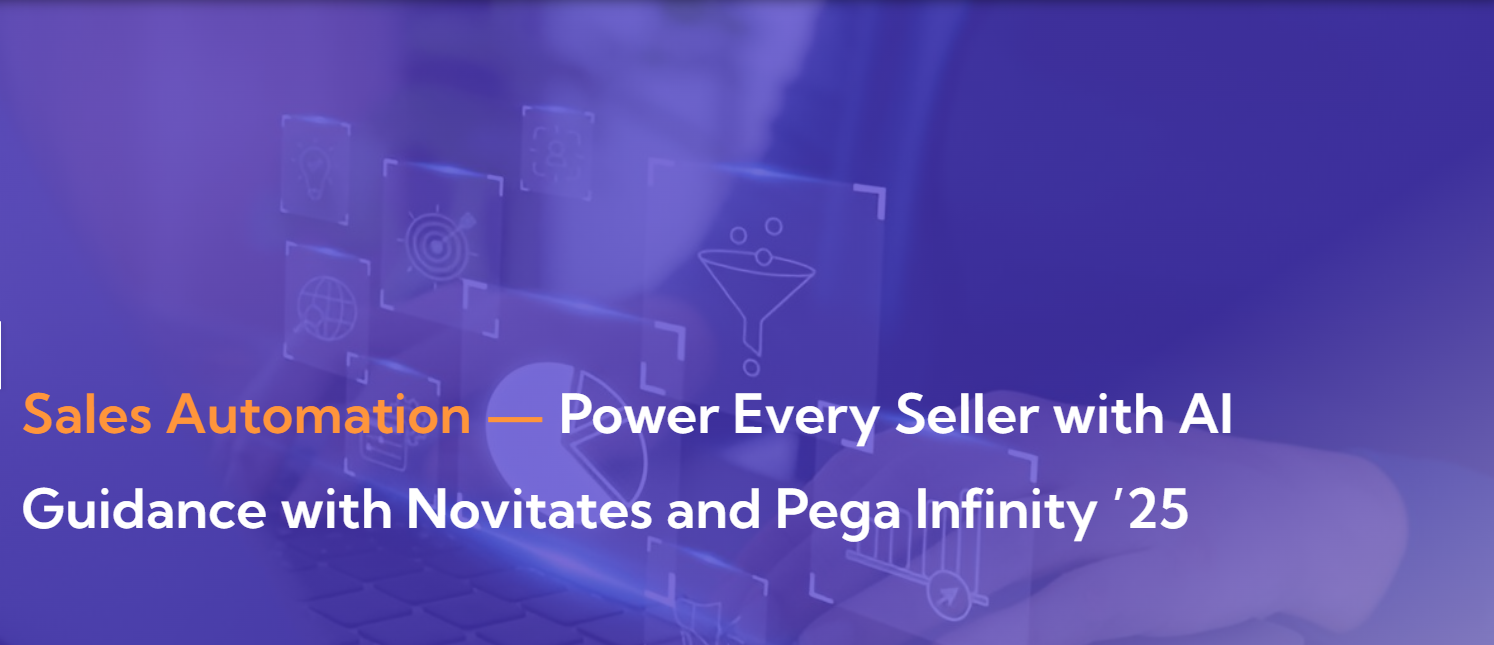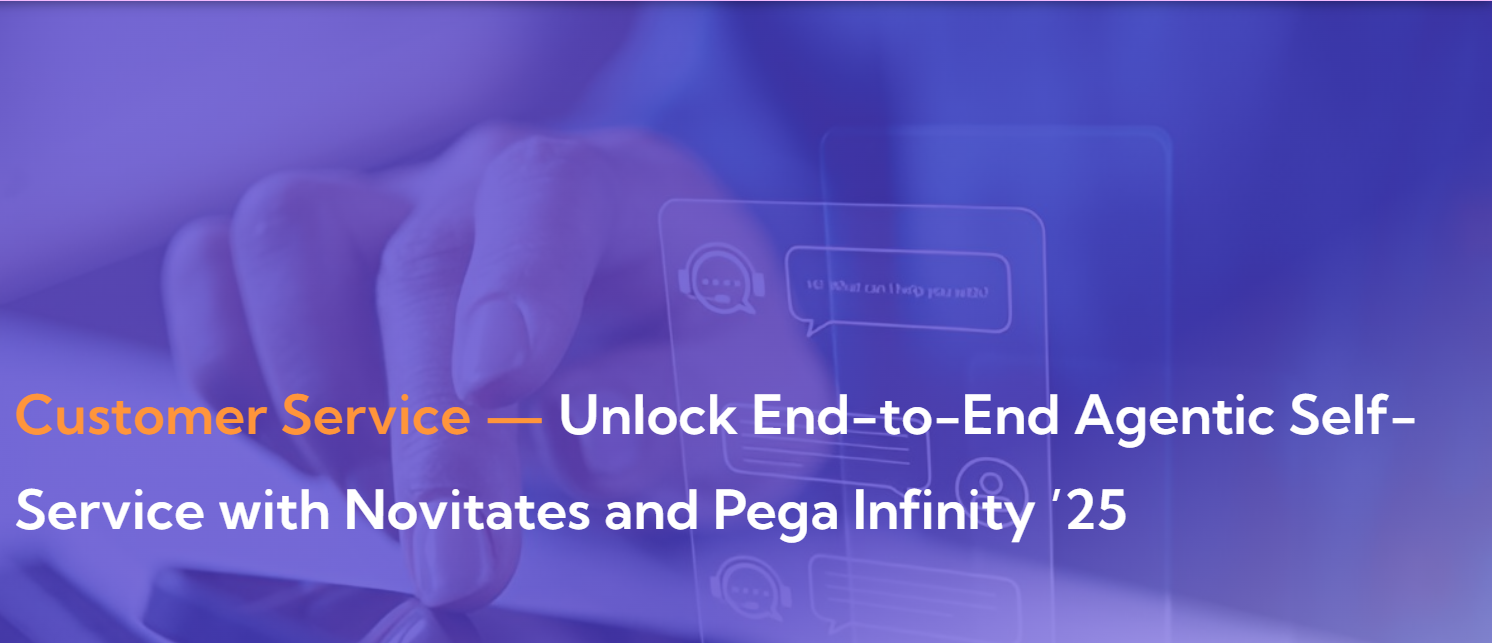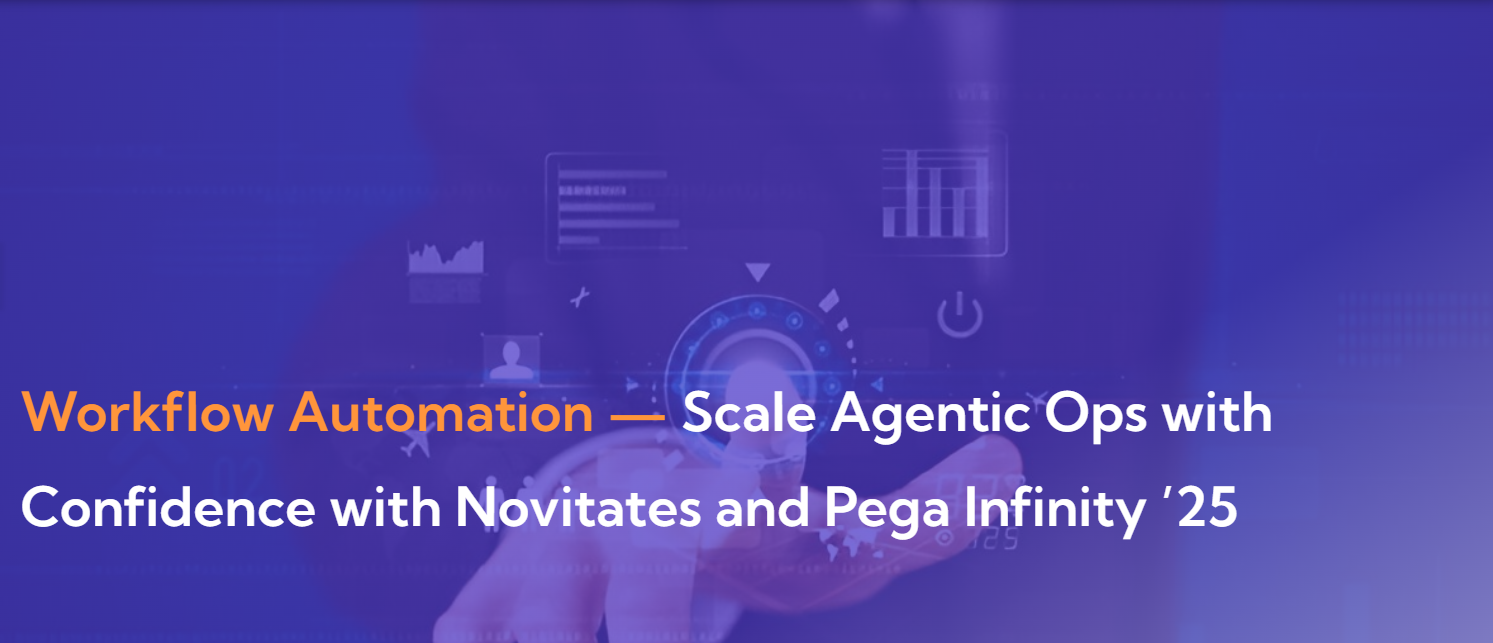Insurance is no longer just about protection—it’s about prediction, personalization, and proactive service. As the industry navigates digital disruption, traditional risk models are being replaced by real-time data, AI-powered analytics, and hyper-personalized experiences.
This transformation isn’t just changing how insurers operate—it’s reshaping customer expectations. Policyholders now seek dynamic, usage-based, and behavior-driven insurance models, and leading insurers are responding with platforms that are faster, smarter, and deeply personalized.
What we’re witnessing is a shift from reactive to intelligent insurance—where technology enables instant underwriting, AI-based claims processing, predictive risk scoring, and tailored policies for every individual.
Revolutionizing Risk Prediction with AI & Analytics
Historically, underwriting relied on historical data, broad actuarial models, and risk pools. Today, AI and machine learning are turning that paradigm on its head.
Modern platforms can analyze thousands of data points—health records, telematics, IoT device feeds, geolocation, social behavior—to generate dynamic risk profiles in real time.
- Predictive models forecast likelihood of claims, fraud, or lapses
- Computer vision analyzes accident damage through photos
- Natural Language Processing (NLP) scans documentation faster than human agents
The result? Faster underwriting, more accurate premiums, and reduced loss ratios. McKinsey estimates that AI in insurance can improve loss prediction accuracy by up to 40%.
Hyper-Personalization: Insurance That Adapts to You
One-size-fits-all policies are fading. Consumers expect products that reflect their lifestyles, and technologies like IoT, wearables, and connected cars are making it possible.
- Usage-Based Insurance (UBI): Powered by telematics, UBI adapts premiums to driving behavior, mileage, and road conditions.
- Health & Life Insurance: Wearables and mobile apps track daily activity, enabling personalized wellness discounts.
- Smart Home Insurance: Sensors monitor leaks, fire risk, or break-ins—reducing premiums for proactive protection.
Personalized insurance enhances customer loyalty and retention. According to Capgemini, 80% of customers are more likely to renew policies when experiences are personalized.
Digital Claims: From Weeks to Minutes
In the past, claim resolution could take days—or even weeks. Now, insurers are digitizing the journey end-to-end:
- AI-powered triage categorizes claims by urgency and complexity
- Chatbots and mobile apps enable self-service FNOL (first notice of loss)
- Robotic Process Automation (RPA) handles document processing and payout initiation
- Blockchain ensures secure, tamper-proof claim history
According to Deloitte, insurers using intelligent claims management systems are seeing up to 50% faster resolution times and 25% lower claims processing costs.
Customer Experience: The New Competitive Differentiator
Modern policyholders want more than quick claims—they want instant support, transparency, and control. Insurers are now embedding omnichannel digital service, offering consistent experiences across apps, voice, web, and in-person touchpoints.
AI enhances experience by:
- Offering real-time quotes and instant approvals
- Recommending coverage add-ons based on behavior and life events
- Automating policy renewals, reminders, and personalized nudges
Leaders in the space are using Generative AI and virtual assistants to handle high volumes of inquiries with context-aware conversations.
The Road Ahead: Smarter, Sustainable Insurance
Smart insurance isn’t just about speed or tech—it’s about responsibility and resilience.
- Climate risk modeling helps assess environmental exposure using satellite imagery and real-time data
- Sustainable underwriting rewards green behaviors, like EV ownership or energy-efficient homes
- Embedded insurance integrates protection into products and platforms—from e-commerce to fintech
As emerging tech like GenAI, real-time APIs, quantum computing, and digital twins become mainstream, insurers will evolve into dynamic, data-driven enterprises, capable of not only covering risk—but preventing it altogether.




